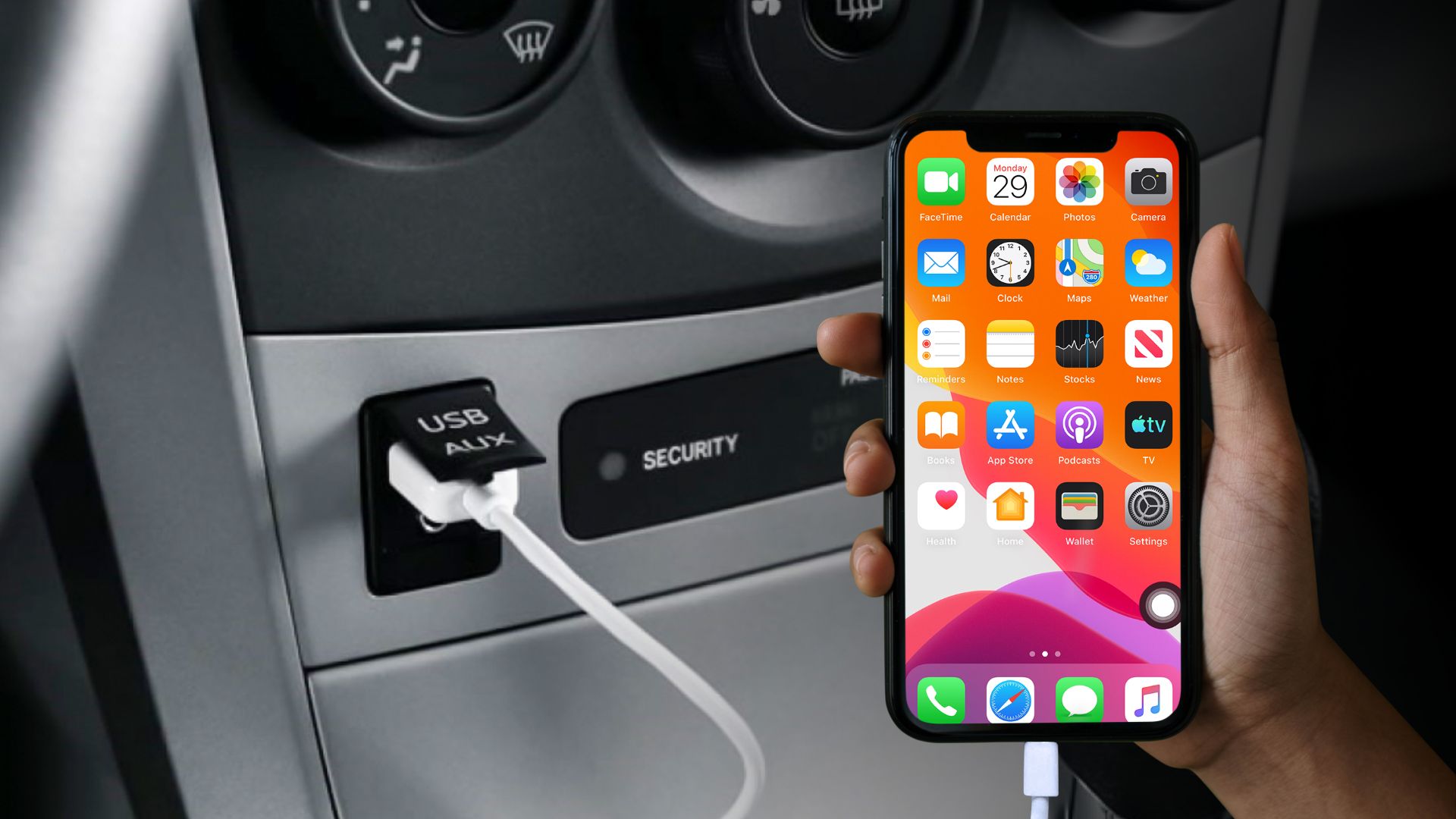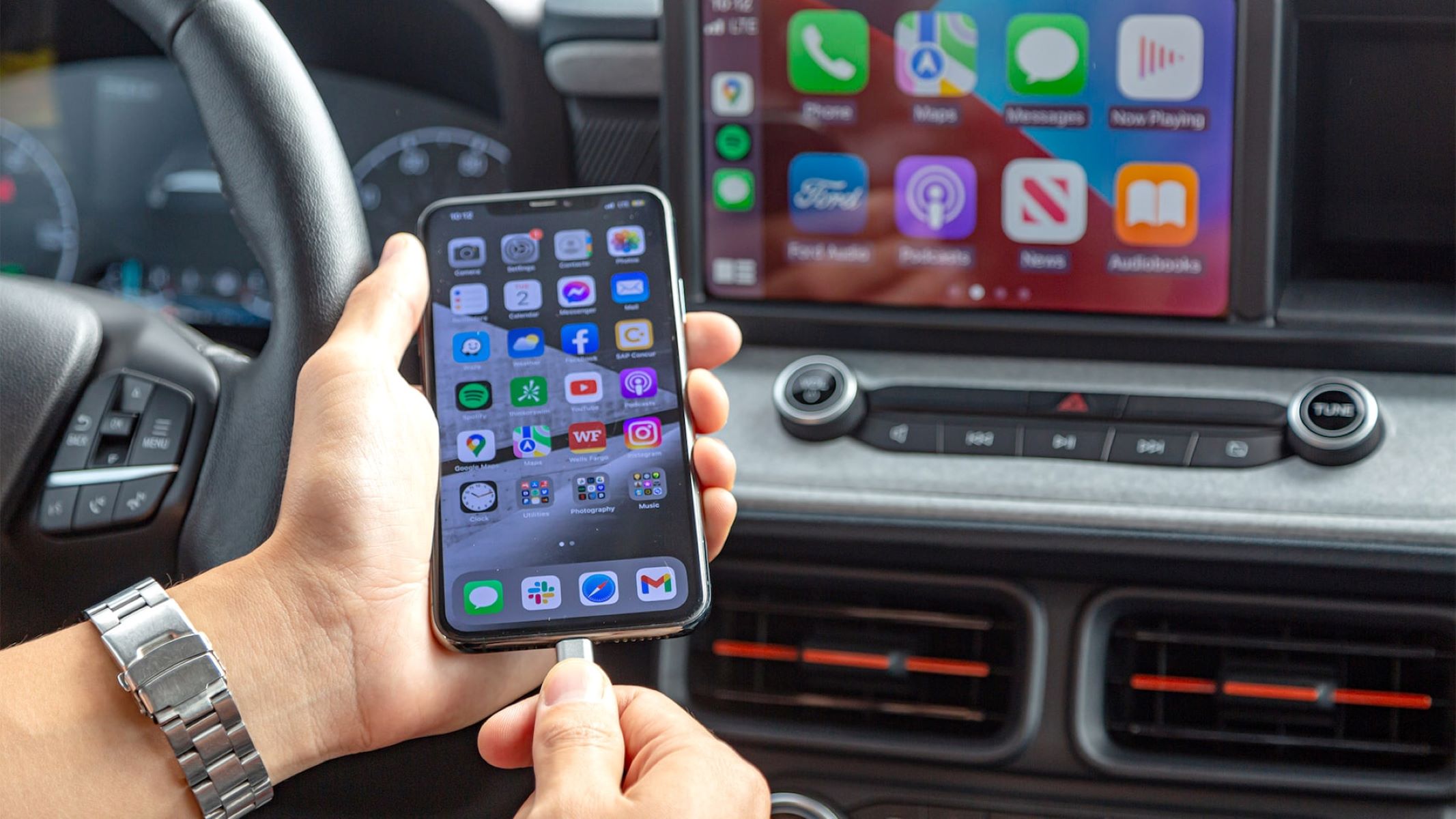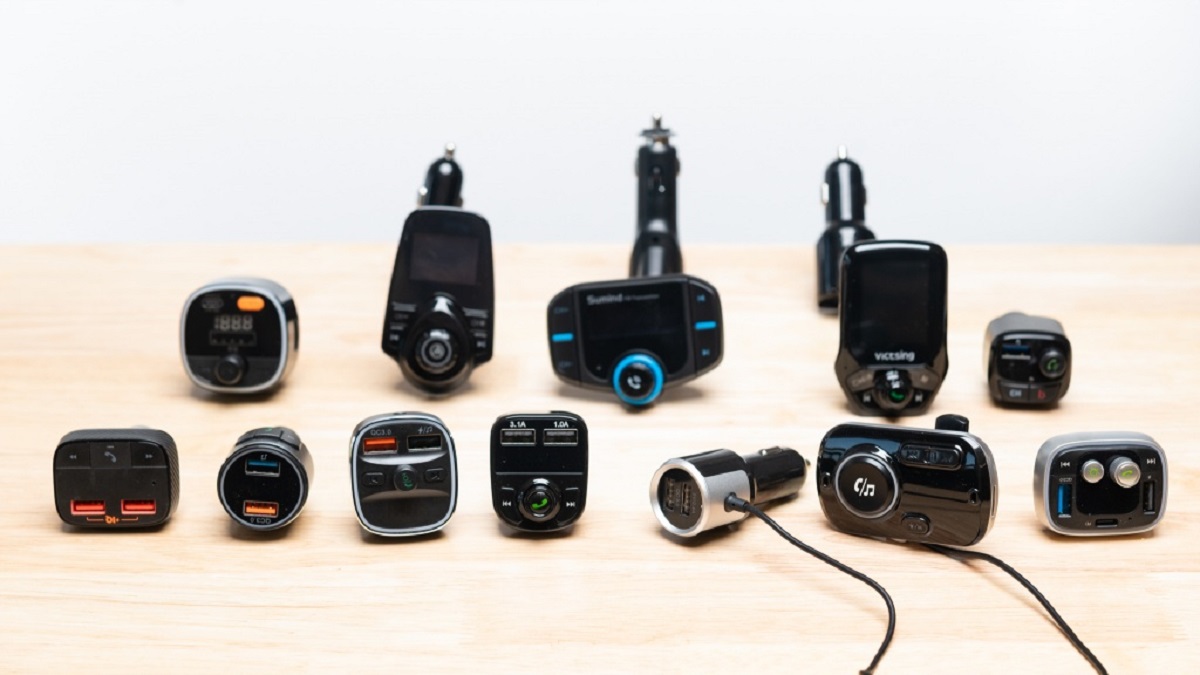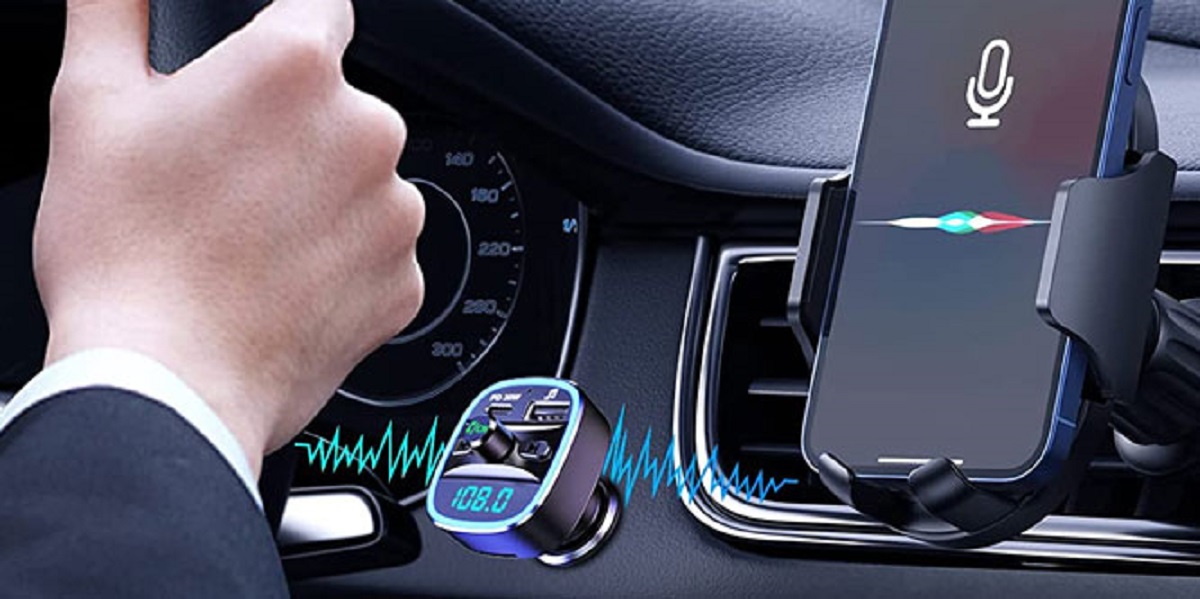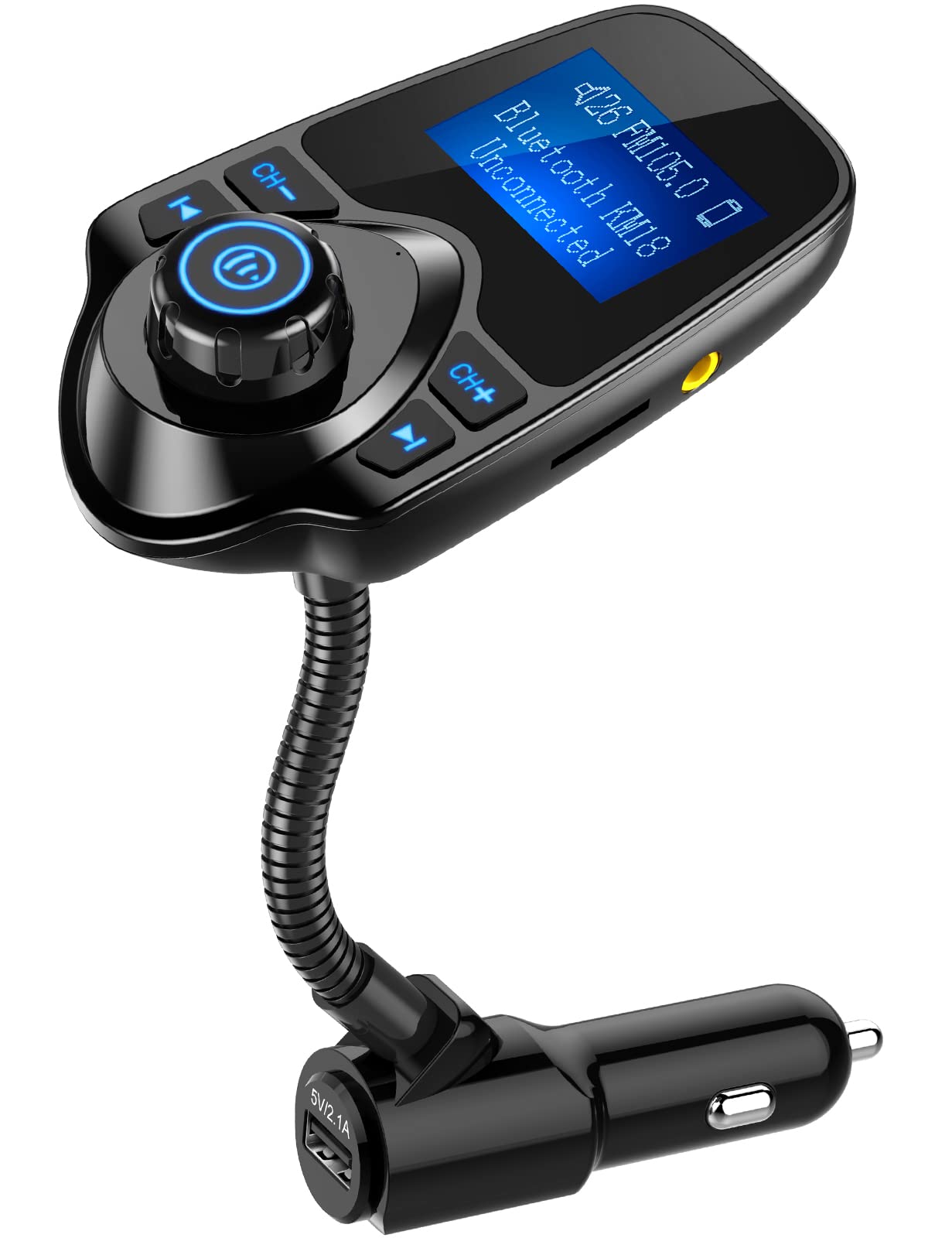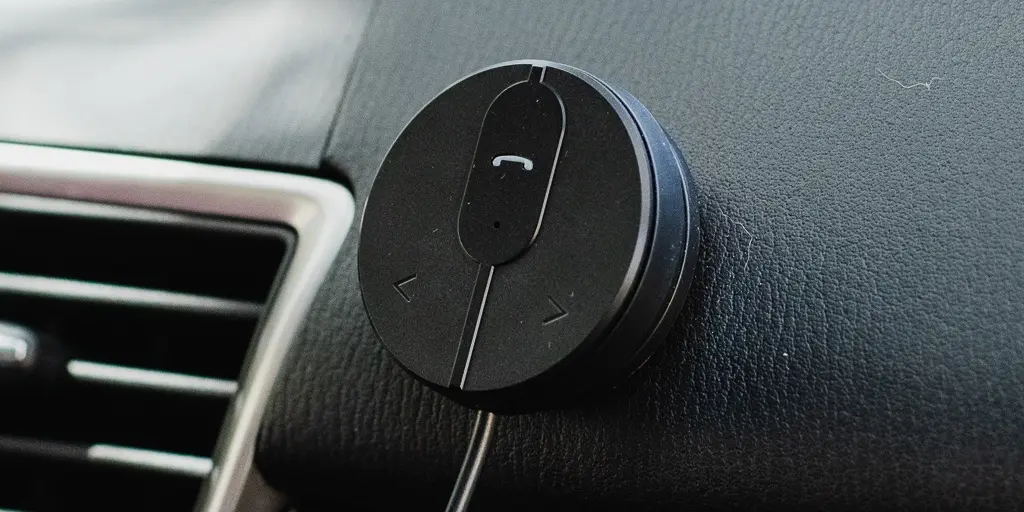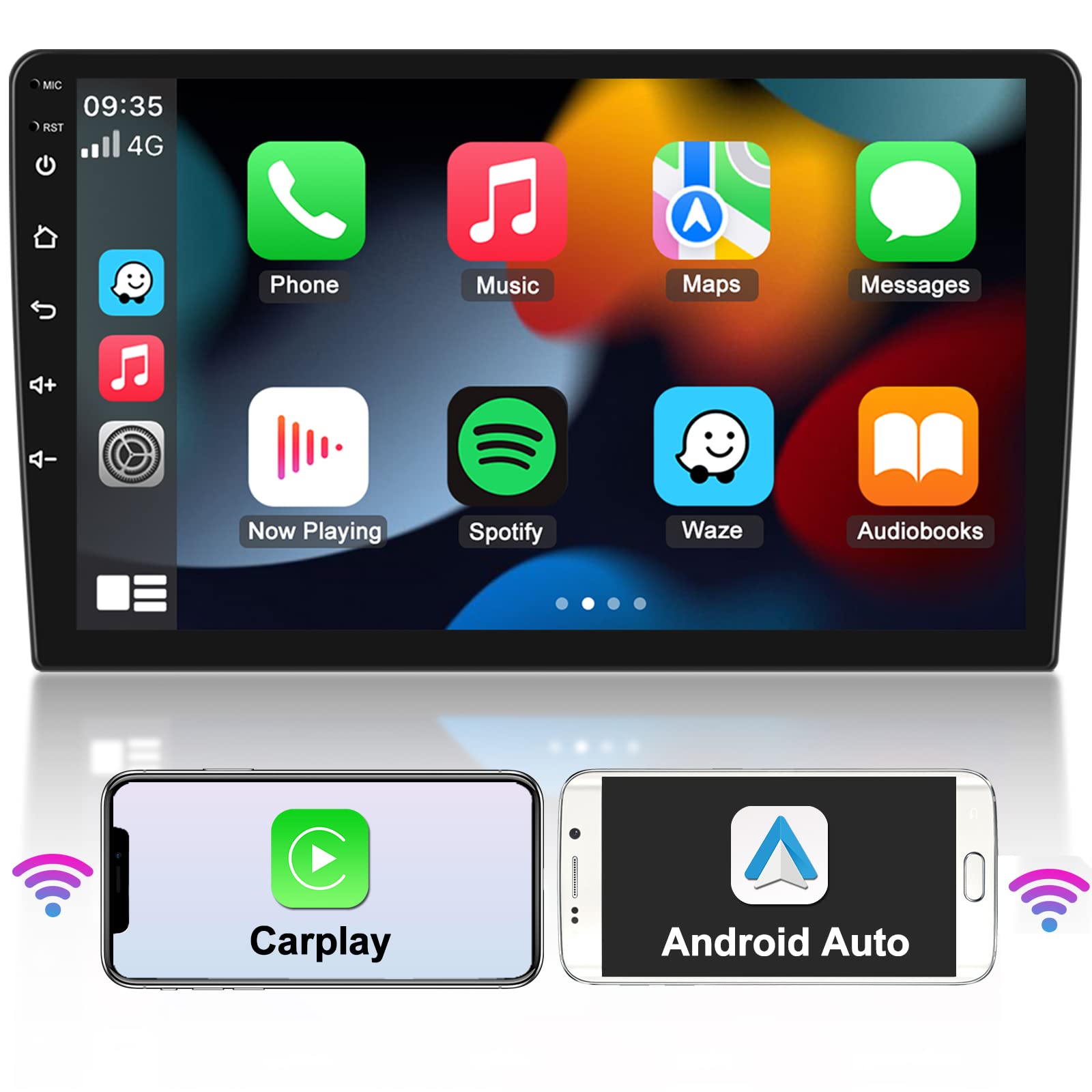Introduction
Connecting your phone to your car without Bluetooth can be a hassle, but fear not, there are various options available to help you enjoy your favorite tunes and hands-free calling while on the road. Whether your car is older and lacks Bluetooth capabilities or you simply want an alternative to wireless connectivity, there are several ways you can connect your phone to your car stereo system.
In this article, we will explore five different options to connect your phone to your car without Bluetooth. These methods range from using auxiliary cables and FM transmitters to Bluetooth adapters, USB cables, and cassette adapters. Each option has its own pros and cons, so you can choose the one that best suits your needs and preferences.
By following these methods, you can easily turn your car into a mobile entertainment hub and stay connected while on the go. Whether you are a music enthusiast, enjoy podcast listening, or need to make hands-free calls, these solutions will allow you to make the most of your car’s audio system.
So, if you’re ready to enhance your driving experience and connect your phone to your car without Bluetooth, let’s dive into the various options available to you. Whether you have an iPhone or an Android device, there’s a solution that will work for you, and we’re here to guide you through the process. Let’s get started!
Option 1: Auxiliary Cable
One of the simplest and most common ways to connect your phone to your car without Bluetooth is by using an auxiliary cable. This method requires an audio cable with a 3.5mm jack on both ends. Most phones and car stereos have an auxiliary input, making it a convenient option for many drivers.
To use an auxiliary cable, start by plugging one end into the headphone jack of your phone and the other end into the auxiliary input on your car stereo. Once connected, select the auxiliary input on your car stereo, and you’re ready to enjoy your phone’s audio through your car speakers.
The auxiliary cable method offers a reliable and straightforward way to connect your phone to your car stereo. It provides good sound quality, and since the connection is direct, there is no need to worry about interference or signal loss. Additionally, this method allows you to control your phone’s audio directly from the device, ensuring easy access to volume control and playback options.
However, there are a few limitations to consider. The cable can be a bit messy and may get tangled if not properly managed. Moreover, it limits your phone’s mobility since you need to keep it connected to the cable at all times. Additionally, some newer smartphones may not have a headphone jack, necessitating the use of a separate adapter to connect to the auxiliary cable.
Overall, using an auxiliary cable is a reliable and cost-effective option to connect your phone to your car stereo without Bluetooth. It provides a stable connection and decent sound quality, making it a popular choice among many drivers. If your car stereo has an auxiliary input and your phone has a headphone jack, this method offers a simple and convenient solution.
Option 2: FM Transmitter
Another popular method to connect your phone to your car without Bluetooth is by using an FM transmitter. This device allows you to broadcast audio from your phone to your car stereo using an FM frequency. It’s a wireless solution that works with any car radio, regardless of its age or features.
To use an FM transmitter, start by plugging it into your phone’s headphone jack or connecting it via Bluetooth if it supports wireless connectivity. Next, find an unused FM frequency on your car radio and set your FM transmitter to the same frequency. Once tuned to the correct frequency, you can play music, podcasts, or make phone calls through your car speakers.
The FM transmitter method offers a wireless solution without the need for any complicated installations or cable connections. It allows you to listen to your phone’s audio on your car stereo without the hassle of wires. Additionally, FM transmitters often come with additional features, such as USB ports for charging your devices or even hands-free calling capabilities.
However, there are a few drawbacks to consider. The sound quality may not be as good as using a direct cable connection, as the audio signal is transmitted over the airwaves and can be affected by interference. Furthermore, finding an unused FM frequency can be challenging, especially in areas with a high concentration of radio stations. In such cases, you may experience static or interference during playback.
Despite these limitations, FM transmitters are a popular choice for many drivers due to their convenience and versatility. They offer a wireless solution that works with any car radio, making it a great option for older vehicles or those without Bluetooth capabilities. With their additional features and ease of use, FM transmitters provide a practical way to connect your phone to your car stereo without Bluetooth.
Option 3: Bluetooth Adapter
If your car lacks built-in Bluetooth connectivity, you can still enjoy the convenience of wireless audio by using a Bluetooth adapter. A Bluetooth adapter is a small device that plugs into your car’s auxiliary input or cigarette lighter socket, allowing you to connect your phone to your car stereo wirelessly.
To use a Bluetooth adapter, simply plug it into the auxiliary input or cigarette lighter socket in your car. Once connected, pair your phone with the adapter by enabling Bluetooth on your phone and following the pairing instructions provided by the adapter. Once paired, you can stream audio from your phone to your car stereo without the need for any cables.
One of the major advantages of using a Bluetooth adapter is the convenience and freedom it provides. You can keep your phone in your pocket or bag and still control the audio playback through your car stereo. Additionally, Bluetooth adapters often come with features like hands-free calling, allowing you to make and receive calls while keeping your hands on the wheel.
However, there are a few considerations when using a Bluetooth adapter. First, the audio quality may not be as good as using a direct cable connection, as the audio is transmitted wirelessly. Additionally, some adapters may have limited range, so if you move too far away from your car, the connection might weaken or drop altogether. Lastly, it’s important to ensure compatibility between the Bluetooth adapter and your car’s audio system to ensure smooth pairing and optimal performance.
Overall, a Bluetooth adapter provides a wireless solution to connect your phone to your car stereo without built-in Bluetooth capabilities. It offers convenience and flexibility, allowing you to enjoy wireless audio streaming and hands-free calling while on the road. If you prefer a cable-free solution and your car has an auxiliary input or a cigarette lighter socket, a Bluetooth adapter offers an excellent option to enhance your driving experience.
Option 4: USB Cable
Another convenient and reliable way to connect your phone to your car without Bluetooth is by using a USB cable. Many modern car stereos have a USB port that allows you to connect your phone and enjoy seamless audio playback and charging simultaneously.
To use a USB cable, simply plug one end into your phone’s charging port and the other end into the USB port on your car stereo. Once connected, your phone’s audio will be transmitted directly to your car’s audio system, allowing you to listen to music, podcasts, or make hands-free calls.
One of the biggest advantages of using a USB cable is the high-quality audio it provides. Since the audio signal is transmitted digitally, there is no loss in sound quality compared to wireless methods. Additionally, using a USB cable allows you to charge your phone simultaneously, ensuring that you won’t run out of battery while on the road.
However, it’s important to note that using a USB cable for audio connectivity may have some limitations. Firstly, your car stereo must have a USB port in order to use this method. Additionally, the compatibility between your phone and car stereo may vary, so it’s essential to ensure that they are compatible with each other. Some older car stereos may have limited support for certain file formats, so you may need to convert your audio files for proper playback.
Overall, using a USB cable provides a simple and efficient way to connect your phone to your car stereo without Bluetooth. It offers high-quality audio and simultaneous charging, making it a popular choice for many drivers. If your car stereo has a USB port and your phone has a compatible charging port, this method provides a reliable and convenient solution for connecting your phone to your car without any additional accessories or adapters.
Option 5: Cassette Adapter
If your car is equipped with a cassette player but lacks Bluetooth connectivity, a cassette adapter can be a great option to connect your phone to your car stereo. This method allows you to play audio from your phone through your car’s speakers using a cassette-shaped adapter.
To use a cassette adapter, simply insert the adapter into your car’s cassette player. Connect the other end of the adapter to your phone’s headphone jack or via Bluetooth, if available. Once connected, select the cassette player input on your car stereo, and you’ll be able to listen to your phone’s audio through your car speakers.
The cassette adapter method offers a simple plug-and-play solution that works with most car cassette players. It provides decent audio quality without the need for any additional cables or complex installations. Additionally, some cassette adapters come with useful features, such as a built-in microphone for hands-free calling or buttons to control audio playback.
However, there are a few things to consider when using a cassette adapter. Firstly, not all cars have a cassette player, so this method may not be applicable for all vehicles. Additionally, the audio quality may not be as good as using a direct cable connection or wireless method, as the signal is transmitted through analog technology. Some cassette adapters may also produce occasional static or noise due to their design or limitations of the cassette player.
Despite these limitations, a cassette adapter offers a cost-effective way to connect your phone to your car stereo without Bluetooth. It provides a convenient solution for older vehicles without built-in Bluetooth capabilities. If your car has a working cassette player and you prefer a simple and hassle-free solution, a cassette adapter can be a reliable option to enjoy your phone’s audio through your car speakers.
Conclusion
Connecting your phone to your car without Bluetooth is easier than ever with the various options available. From using auxiliary cables and FM transmitters to Bluetooth adapters, USB cables, and cassette adapters, there is a solution for everyone’s needs and preferences.
If your car has an auxiliary input, using an auxiliary cable provides a simple and reliable way to connect your phone directly to your car stereo. FM transmitters offer a wireless solution that works with any car radio, while Bluetooth adapters provide convenience and versatility without the need for any complicated installations. Using a USB cable allows for high-quality audio playback and simultaneous charging, and cassette adapters offer a plug-and-play solution for cars with cassette players.
Each method has its own pros and cons, so it’s important to consider factors such as audio quality, convenience, compatibility, and your car’s features when choosing the right option for you. Additionally, it’s worth noting that some methods may require additional adapters or accessories depending on your phone’s specifications.
No matter which method you choose, connecting your phone to your car without Bluetooth opens up a world of possibilities. You can enjoy your favorite music, podcasts, and hands-free calling while on the road, enhancing your driving experience. Whether you have an older car or one without built-in Bluetooth capabilities, these solutions allow you to make the most of your car’s audio system.
So, don’t let the absence of Bluetooth connectivity in your car limit your smartphone’s potential. Explore the various options mentioned in this article and find the one that best suits your needs and preferences. With these methods, you can easily connect your phone to your car without Bluetooth and enjoy the convenience of wireless audio playback and hands-free calling while on the go.







